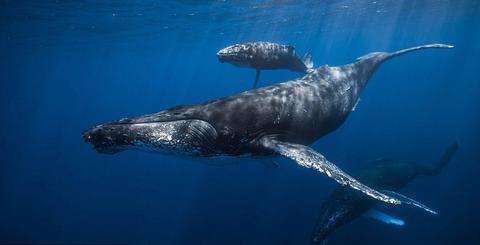
Megaptera novaeangliae
Megaptera novaeangliae,Humpback whale,Humpback whale, humpback whale, saw-armed whale, saw-armed whale
Humpback whale is not the largest whale in the world, but it is also a well-···
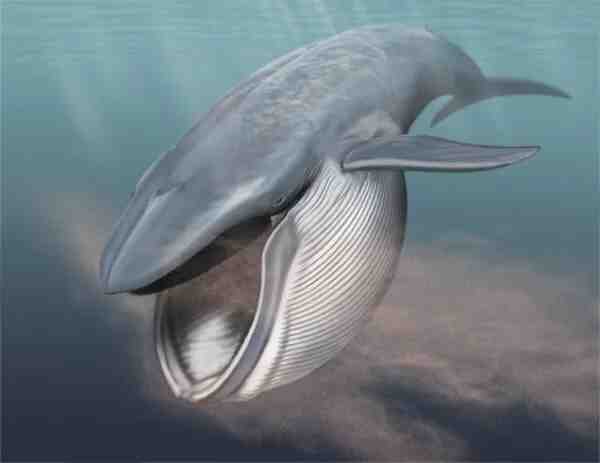
Balaenoptera physalus
Balaenoptera physalus,Fin Whale,Finback whale, baleen whale, razorback whale, herring whale, fin whale
Fin whales are one of the fastest whales, with a speed of up to 37 kilometer···
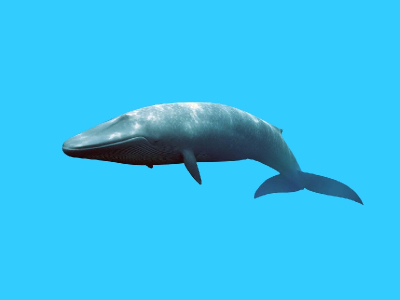
Balaenoptera omurai
Balaenoptera omurai,Omura whale
Omura's whale is a medium-sized whale that looks very similar to a fin w···
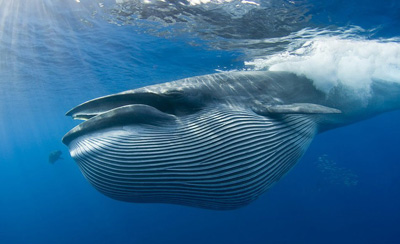
Balaenoptera brydei
Balaenoptera brydei,Bryde's whale,Anchovy, Pseudomonas auratus
Bryde's whale, also known as Bryde's whale in English, has no subspe···
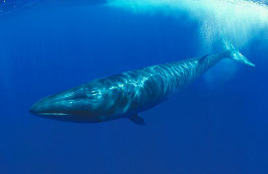
Balaenoptera borealis
Balaenoptera borealis,Sei whale, baleen whale, northern baleen whale, great baleen whale, cod whale
Sei whales are called Sei whales in foreign languages and have two subspecie···
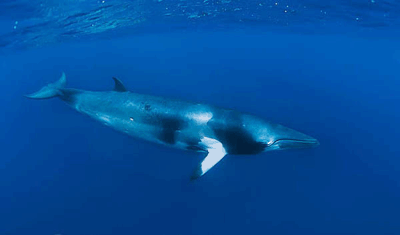
Balaenoptera acutorostrata
Balaenoptera acutorostrata,Minke Whale、Common Minke Whale,Minke whale, Sharp-billed whale
Minke Whale has two subspecies and is a small baleen whale of the genus Myst···
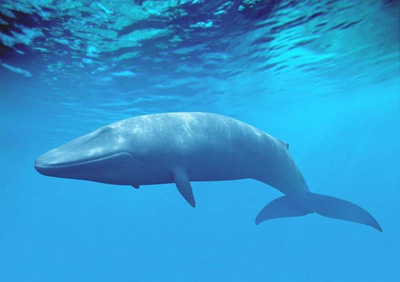
Balaenoptera musculus
Balaenoptera musculus,Balaena musculus Linnaeus,Blue Whale, Baleine bleue,Ballena Azul,Blauwal, Razorback whale, Sulphur bottom whale, Sibud's whale, Seba's baleen whale, Great blue whale, G
The blue whale is called Blue Whale in English. There are 4 subspecies. It i···
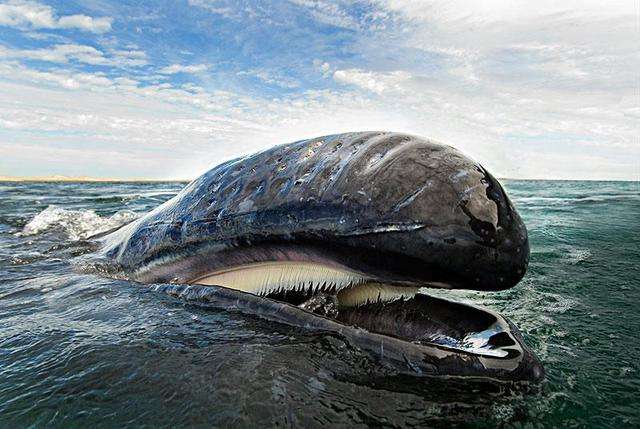
Eschrichtius robustus
Eschrichtius robustus,gray whale,Whale killer, shell digger, weak whale
Gray whale is also known as gray whale in English. Its body circumference is···
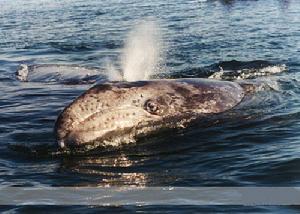
Eubalaena japonica
Eubalaena japonica,North Pacific right whale, black right whale, black right whale
The North Pacific right whale has no subspecies.For a long time, cetaceans b···
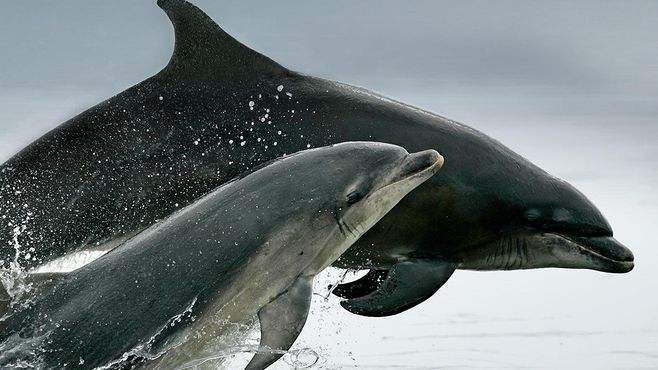
Tursiops aduncus
Southern bottlenose dolphin, Southern bottlenose dolphin, Southern dolphin, Indian Ocean bottlenose dolphin, Eastern bottlenose dolphin
The Indo-Pacific bottlenose dolphin has a short and thick beak that resemble···
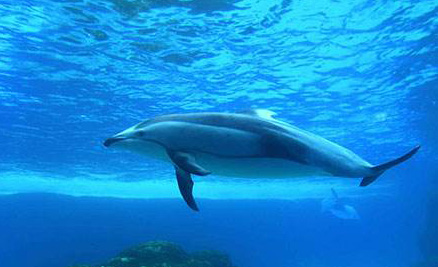
Lagenorhynchus obliquidens
Pacific spotted dolphin, sickle-finned dolphin, Pacific white-sided dolphin, slow-moving dolphin, Pacific striped dolphin, white-striped dolphin, Pacific white-sided dolphin
Pacific spotted dolphins are very active and expressive, creating large clou···
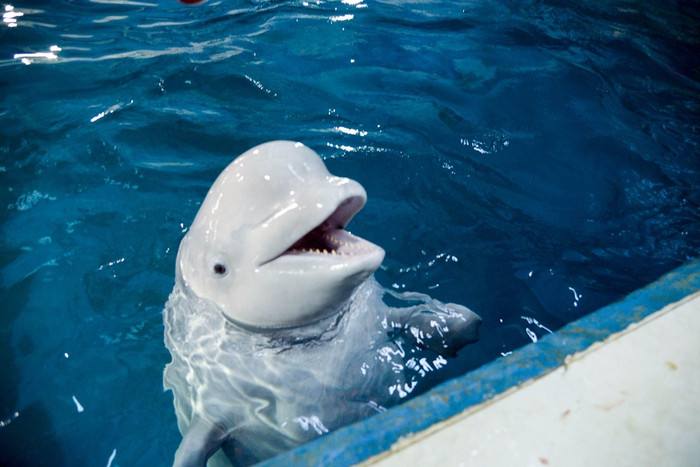
Beluga whale
Delphinapterus leucas, sea canary
As the name suggests, it is a white whale. It is called the cutest whale in ···
